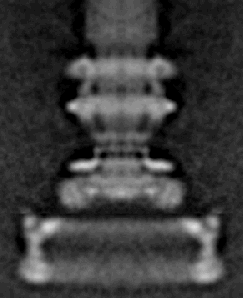Origin of life: John “End of Science” Horgan offers a momentous secret for us all to keep
“Pssst! Don’t tell the creationists, but scientists don’t have a clue how life began” (Scientific American, Feb 28, 2011) :
Exactly 20 years ago, I wrote an article for Scientific American that, in draft form, had the headline above. My editor nixed it, so we went with something less dramatic: “In the Beginning…: Scientists are having a hard time agreeing on when, where and—most important—how life first emerged on the earth.” That editor is gone now, so I get to use my old headline, which is even more apt today.
He mentions Dennis Overbye’s New York Times origin-of-life story (A Romp Into Theories of the Cradle of Life” (February 21, 2011)), about which I had asked here, “Is this the kindergarten of science or its dotage?”, observing that Overbye “sounds like a man who knows a comic scene when he sees one.”
The RNA world is so dissatisfying that some frustrated scientists are resorting to much more far out—literally—speculation. The most startling revelation in Overbye’s article is that scientists have resuscitated a proposal once floated by Crick. Dissatisfied with conventional theories of life’s beginning, Crick conjectured that aliens came to Earth in a spaceship and planted the seeds of life here billions of years ago. This notion is called directed panspermia. In less dramatic versions of panspermia, microbes arrived on our planet via asteroids, comets or meteorites, or drifted down like confetti.
Horgan ends on a really classy note: He trashes creationists, as if they had anything whatever to do with how this mess originated, grew, deepened, and then sucked a whole lot of people in.
At this point, one wants to pull up a chair, pull out a notepad, and make some notes: Read More ›

